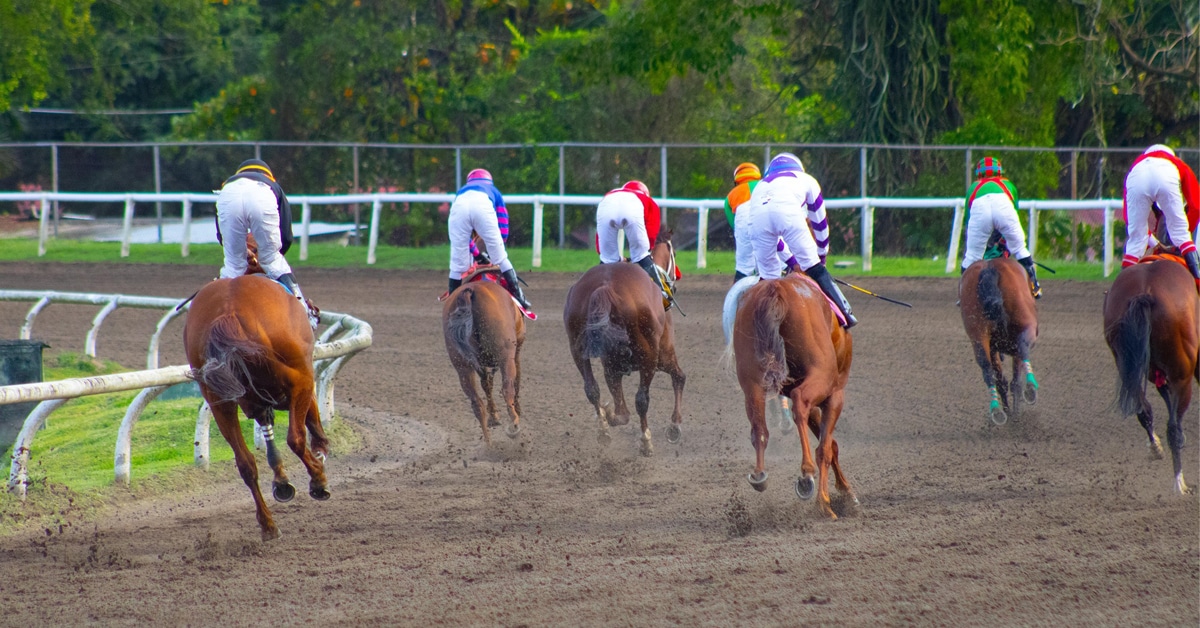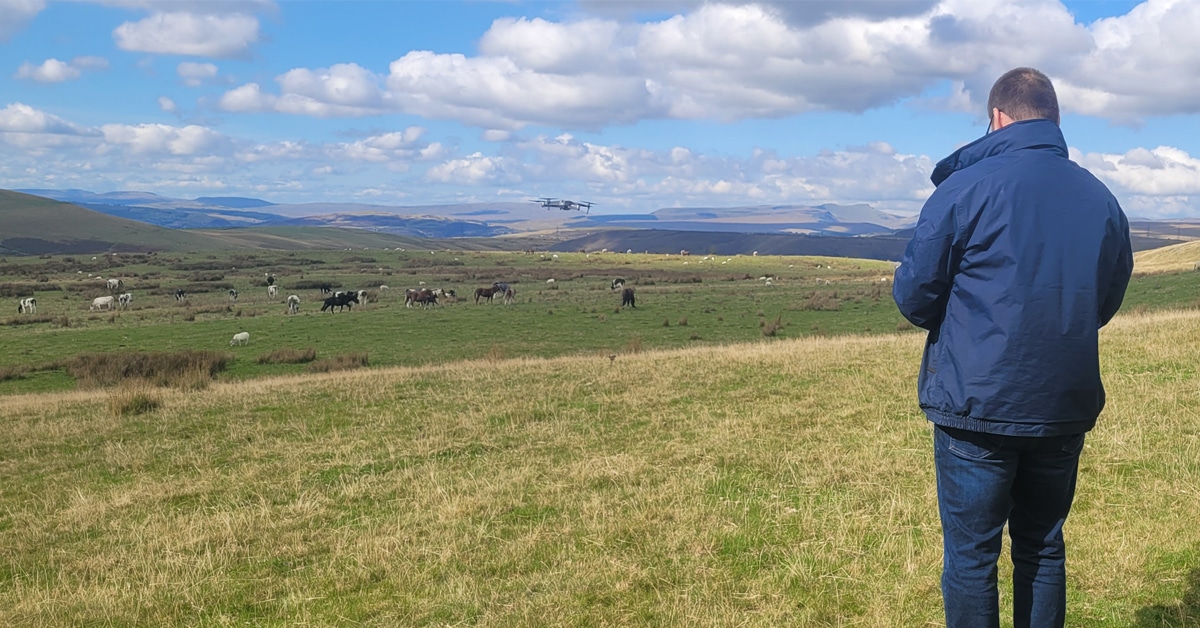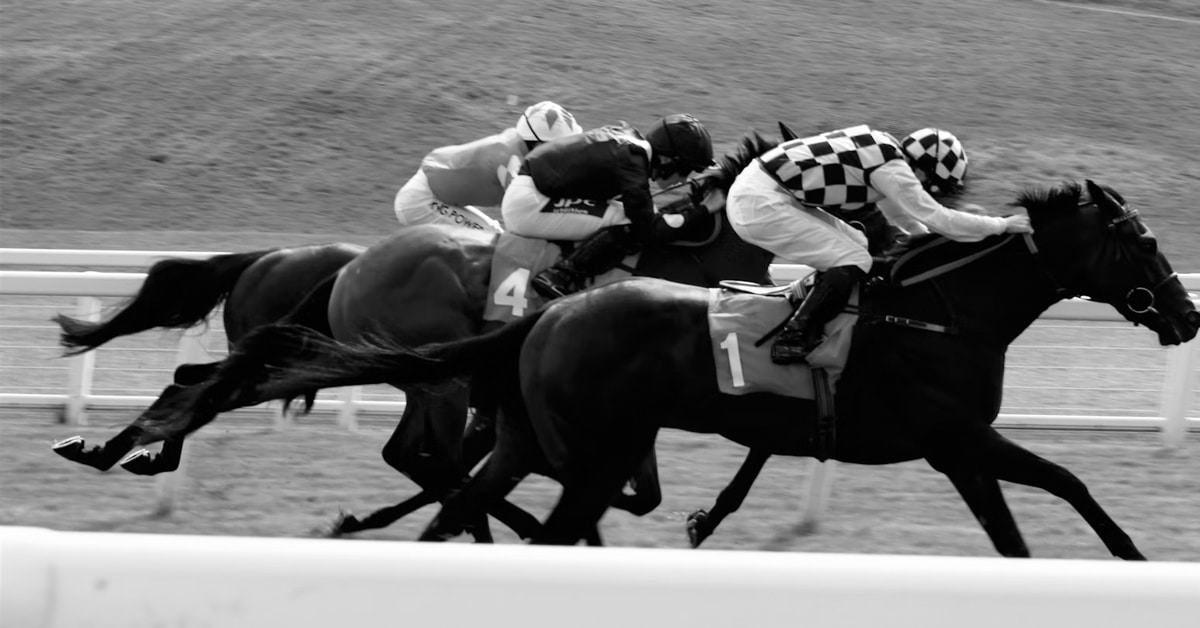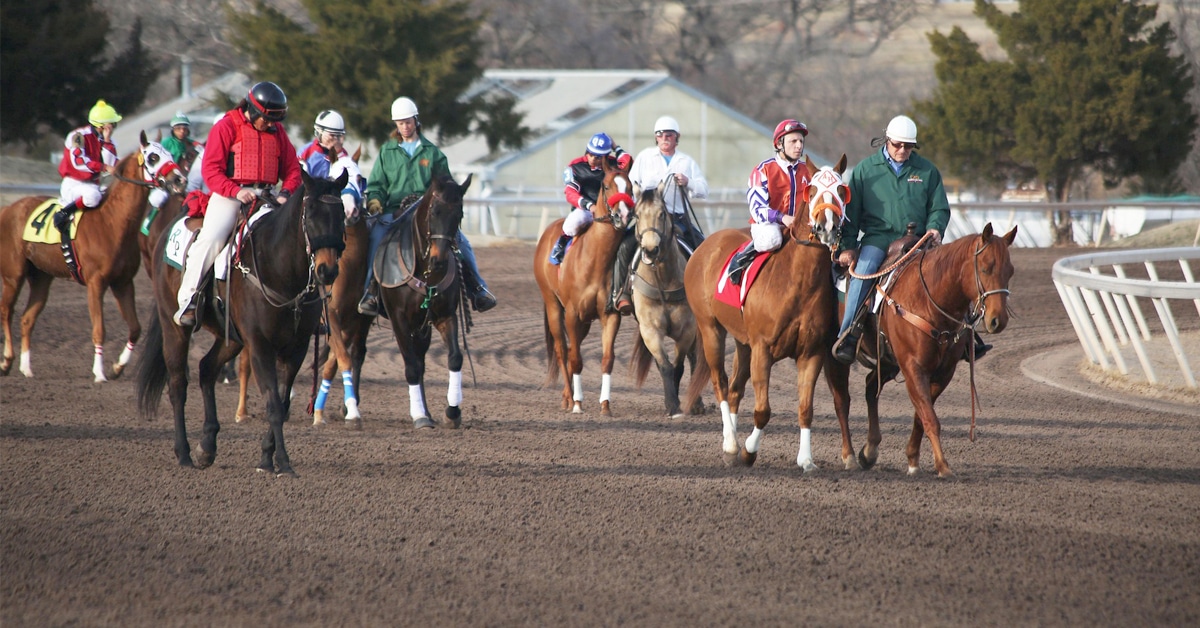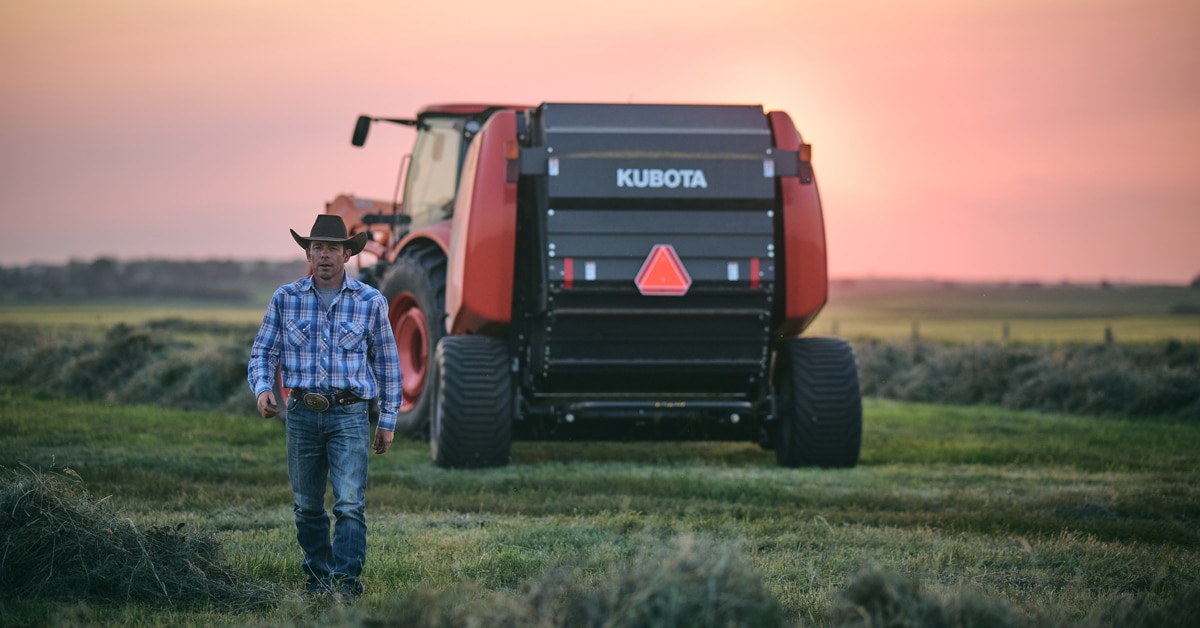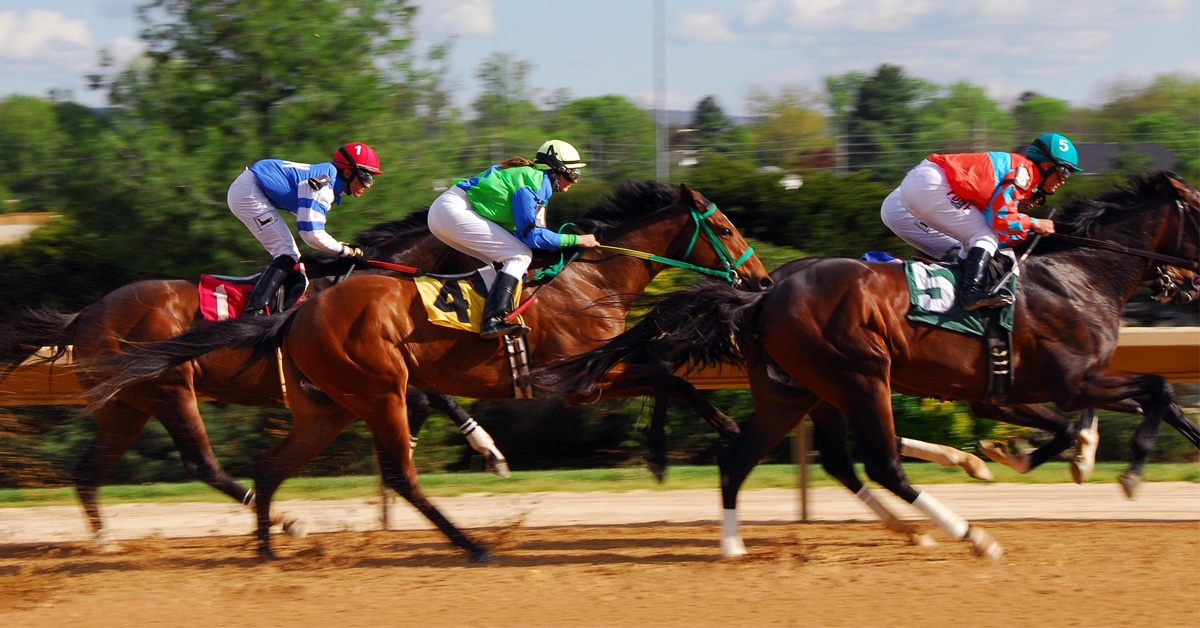Negative interactions, including squeals, pinned ears and bite and kick threats, are a necessary and normal aspect of establishing and maintaining social hierarchies, and don’t necessarily mean that horses are not getting along. These “ritualistic behaviours” (i.e. an abbreviated stand in for the actual behaviours that they mimic) tend not to escalate into aggressive encounters. Horses lower in the hierarchy quickly learn to acquiesce in order to avoid unpleasant and costly interactions.
Herds work best with horses that have been well socialized as youngsters; unfortunately horse owners rarely have control of their horse’s early socialization experiences. Ensuring that horses have ample space to flee a persecutor, providing opportunities for “pre-meetings” over a stall wall or paddock fence to find compatible combinations, making resources plentiful (i.e. providing more feeding and watering stations than horses, and ideally more than one shelter), and keeping groups stable will all work to optimize herd harmony (see ‘Herd Harmony: Why Can’t We all Just Get Along?‘). Having done our best to set up herds that are likely to succeed, we are often better to let horses work out their own social order, without intervention.
That said, sometimes the herd does not work. Horses living in natural conditions make their own decisions about whom they befriend and who best to avoid. Now we are making these decisions for them. Individuals may be incompatible with the group for any number of reasons that equine scientists have yet to understand. For the safety and harmony of the entire herd, the outsider may have to be removed. Removal does not mean your horse will never know the benefits of herd living. In another group, with different social dynamics, he may well find an agreeable niche.
In truth, equine scientists (myself included) do not know exactly why some horses are ostracized. There is, to date, no research on ostracism in horses, or any of their equid cousins. Neurobiological studies with primates suggest that the social pain of ostracism and physical pain originate in similar areas of the brain and trigger similar neural mechanisms. According to “Social Pain Theory,” when social animals are excluded from the group, the pain of that exclusion functions as a “neural alarm system” that prompts the threatened individual to do what is required to avoid these painful feelings in the future. Thus, social exclusion offers evolutionary advantages by promoting group cohesiveness, as group members are motivated to avoid the pain of rejection by forming effective social bonds.
This theory does not offer much advice about what might be done for an ostracized horse. If you have read any of my previous articles you will know that I am a zealot for group turn out. However, if you have done everything you can to optimize peaceable herd dynamics and your horse is still suffering either physically or psychologically from this social exclusion, removing your horse from the herd and trying to find a group that is more compatible may be the most humane choice.
The Latest

